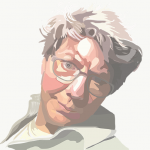
Tammy Renée Brackett creates work that poses epistemological questions regarding identity, categorization, and location. Her most recent work explores the complex relationships between humans and animals, in particular the White-tailed deer.

Tammy Renée Brackett creates work that poses epistemological questions regarding identity, categorization, and location. Her most recent work explores the complex relationships between humans and animals, in particular the White-tailed deer.
Buck Up Buttercup was a solo exhibition at the Peg Bothner Gallery at the Tri-County Arts Council in Olean, NY in the fall of 2024.
Download the full catalog
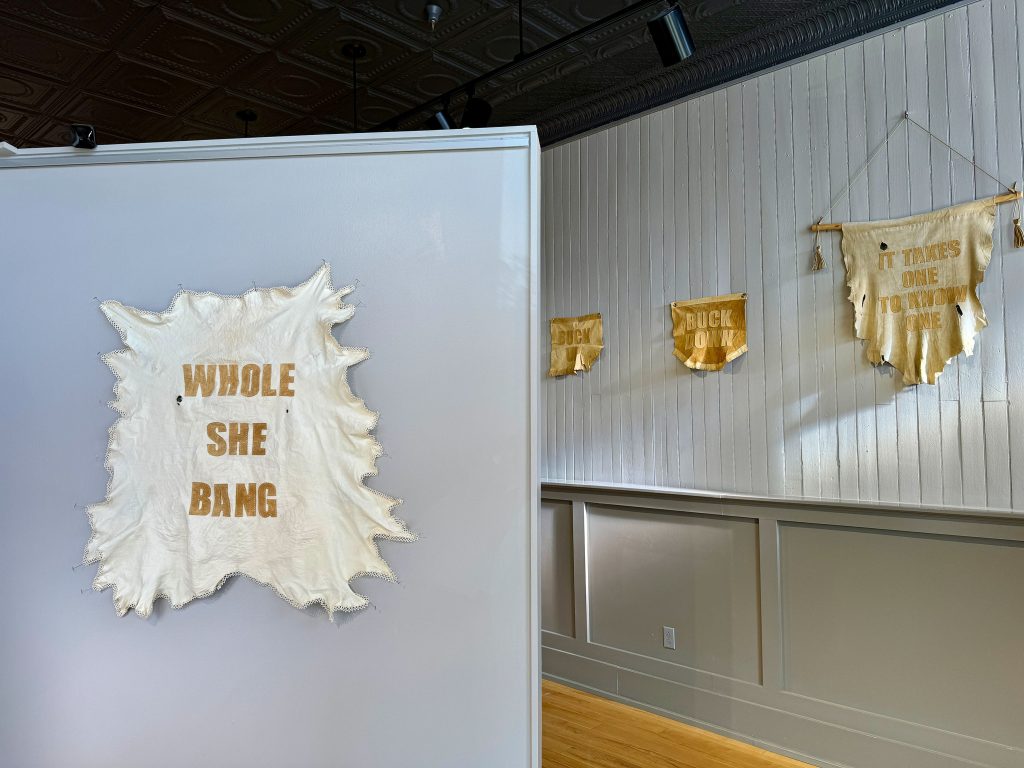
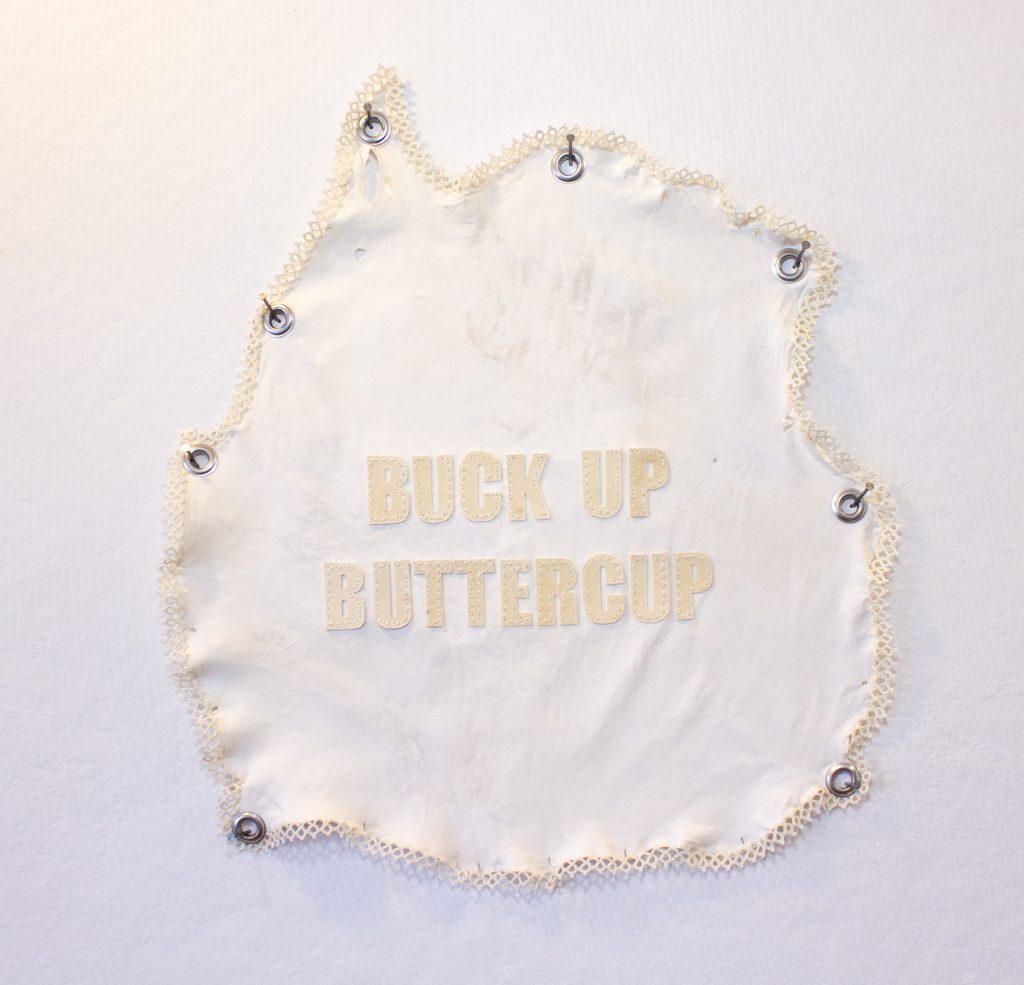
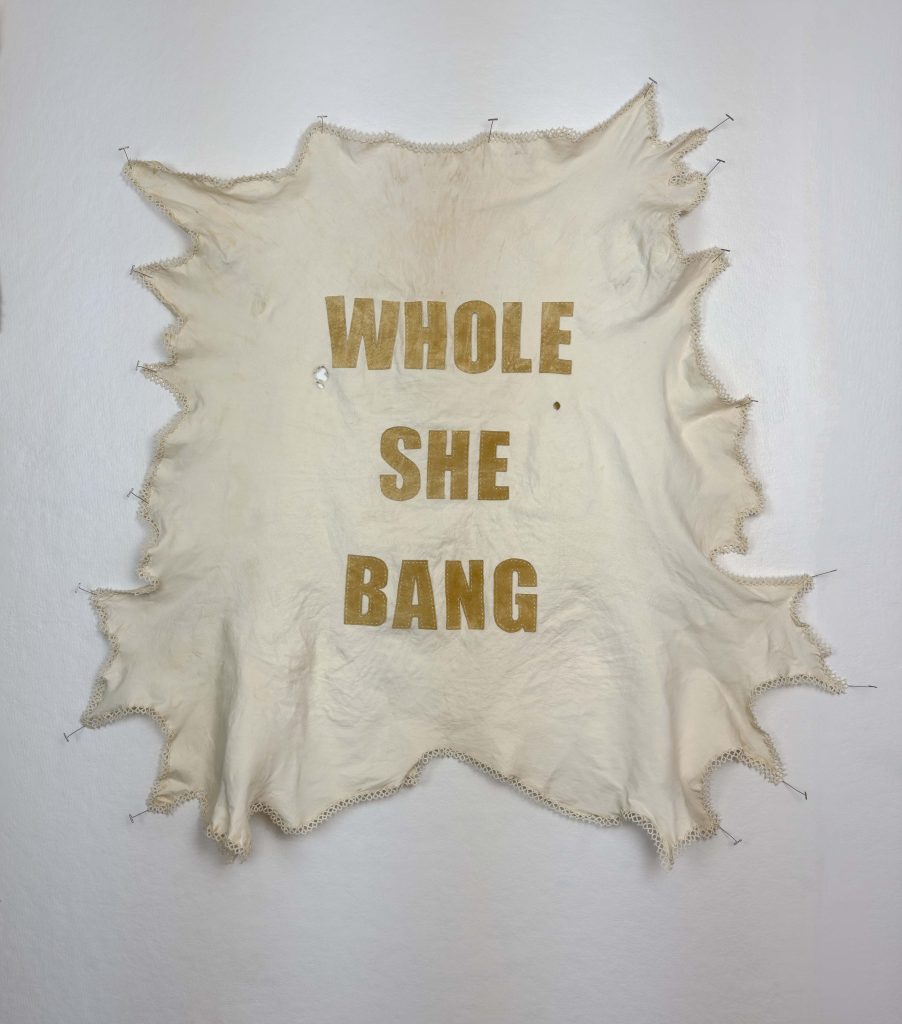
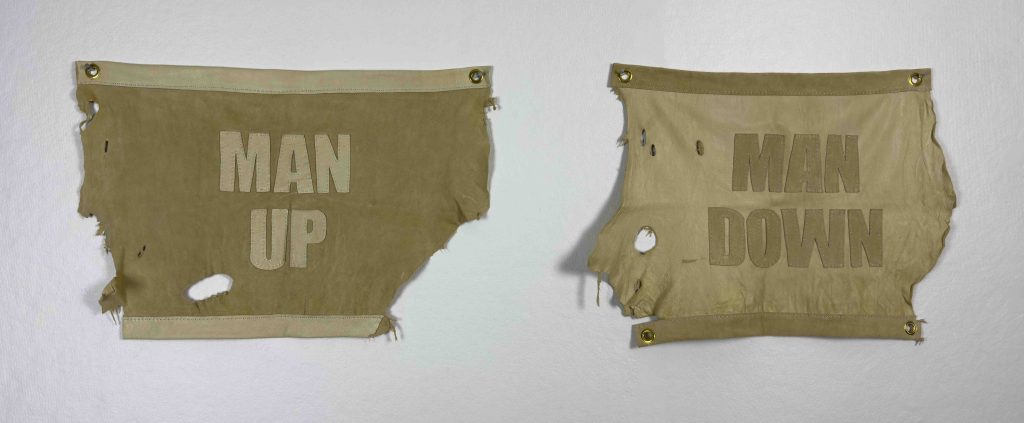
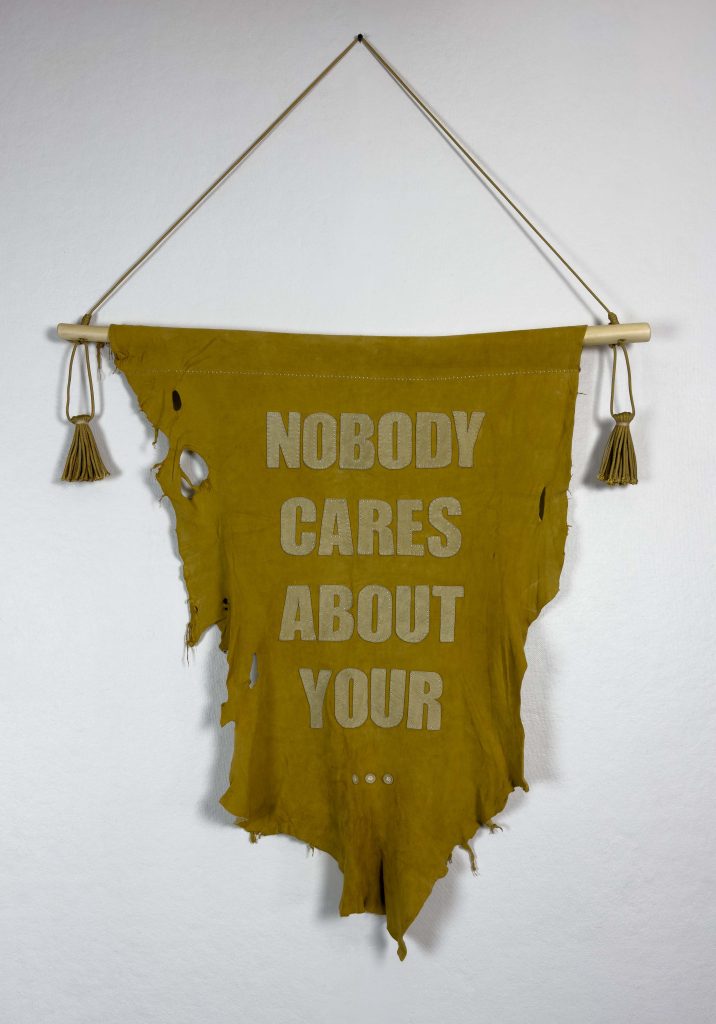

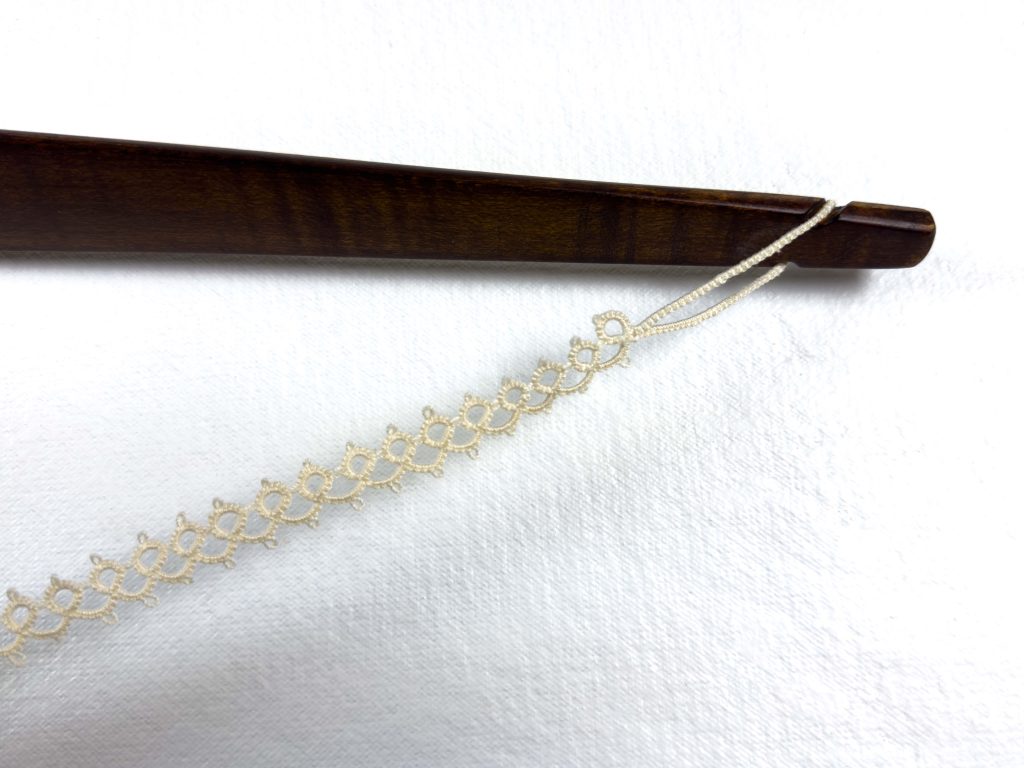
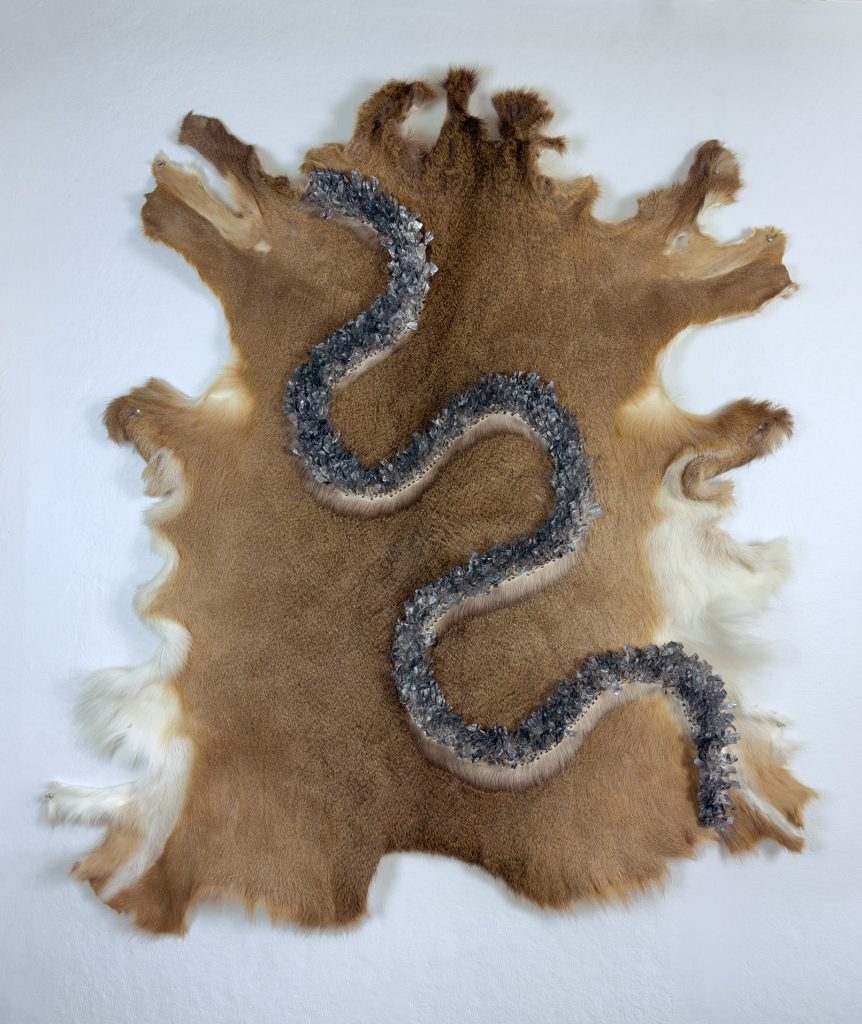
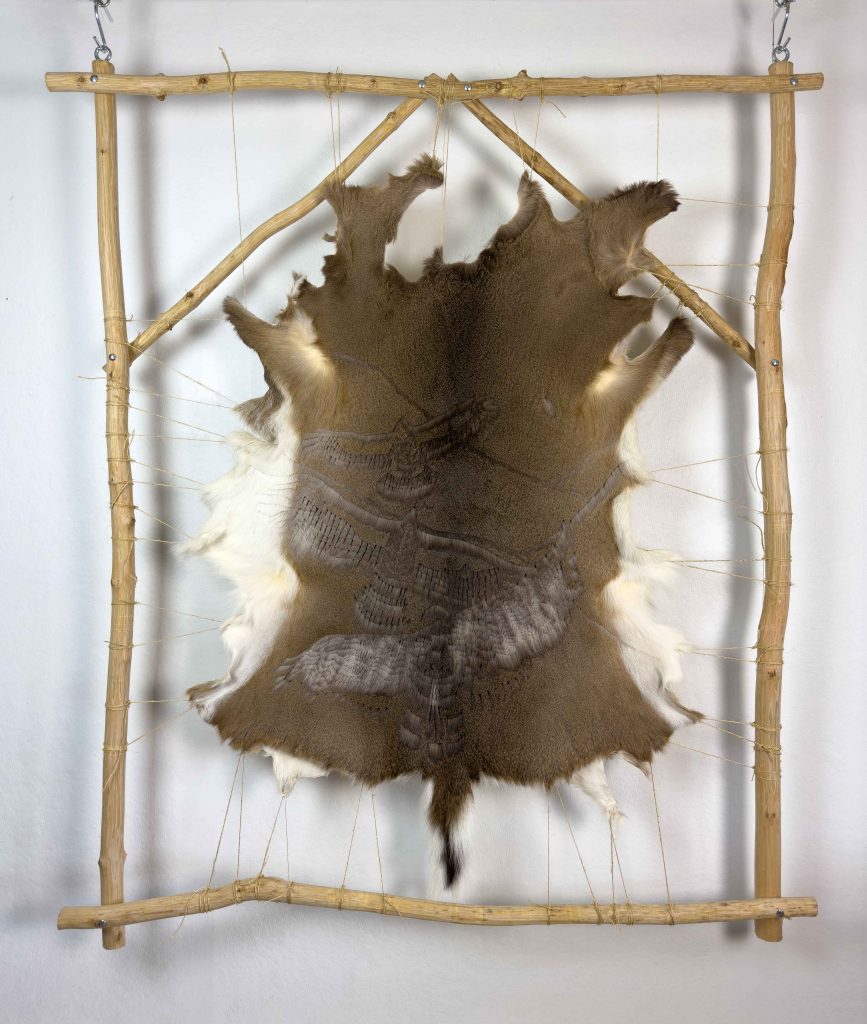
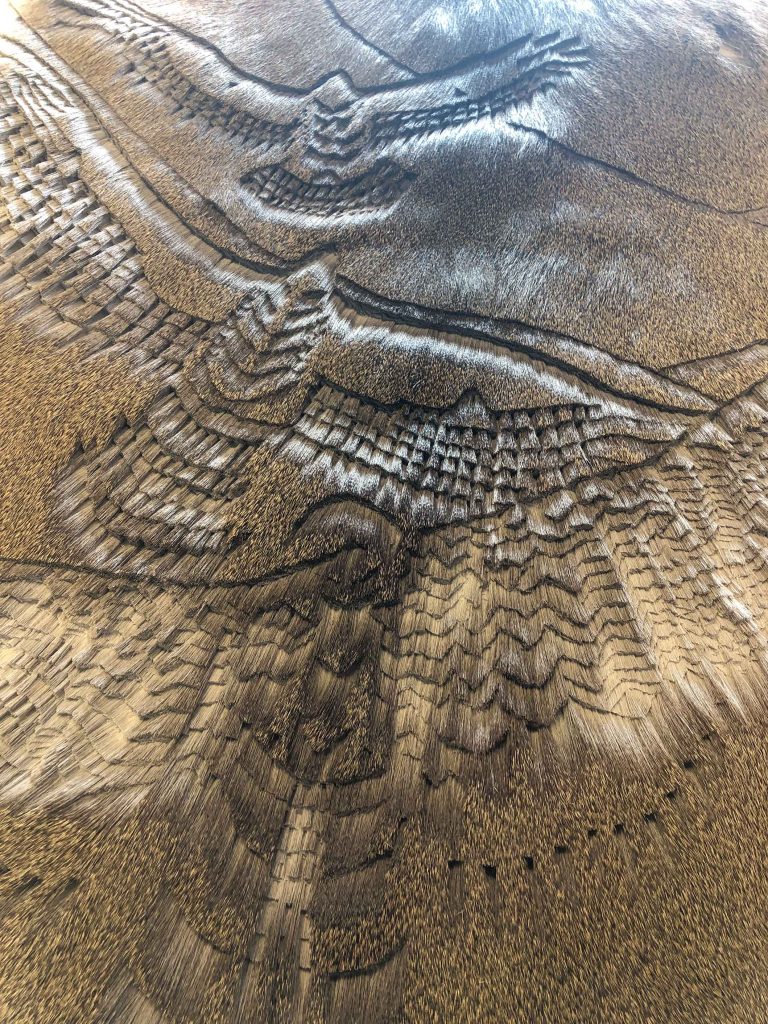
I am a scavenger who works with remnants of what is left behind after a life has ended. New technologies meet crafting traditions that are handed down from generation to generation. When I was young, the white-tailed deer population was small, and every young girl was working on a latch hook rug project. Now, deer hides are plenty, and traditional craft is more scarce. What is lost and gained with the passage of time and the passage of life? What can we scavenge from the remnants of lives, skills, and traditions? How do they live on in an increasingly digital world?
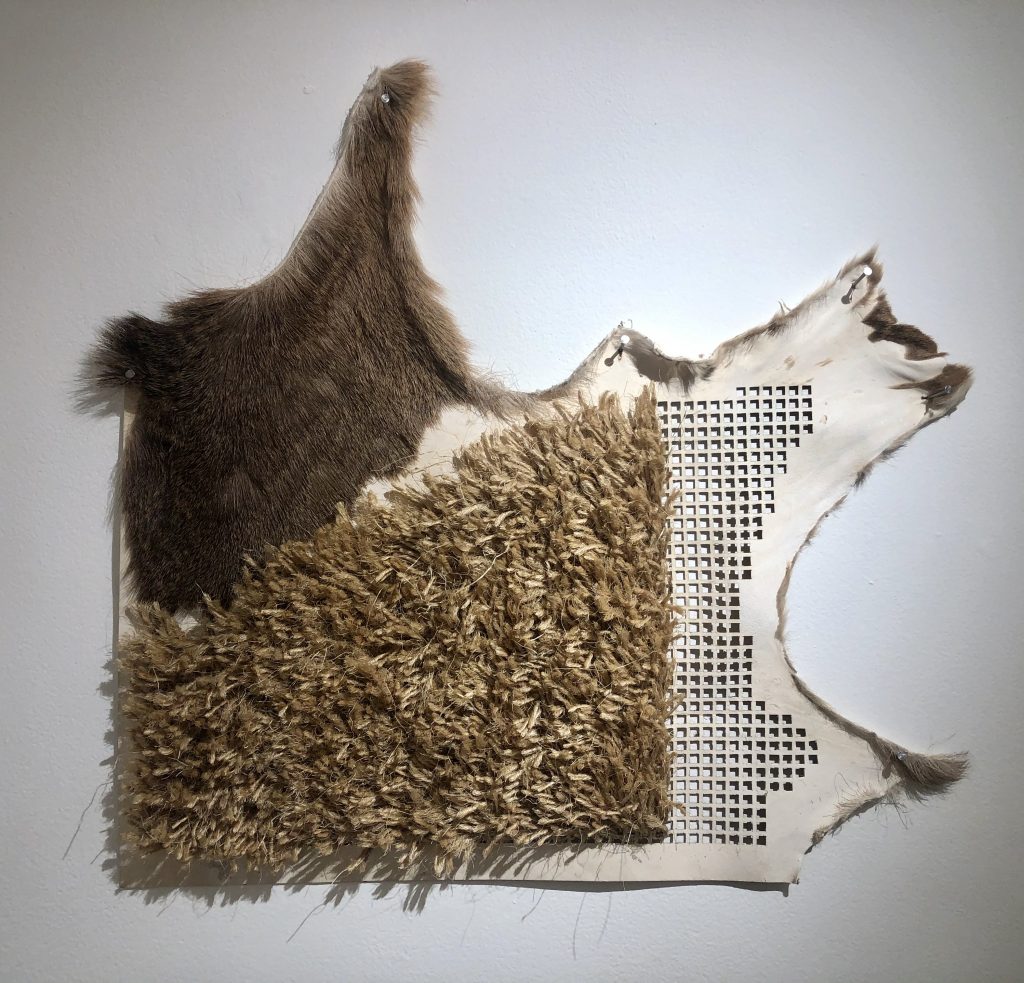
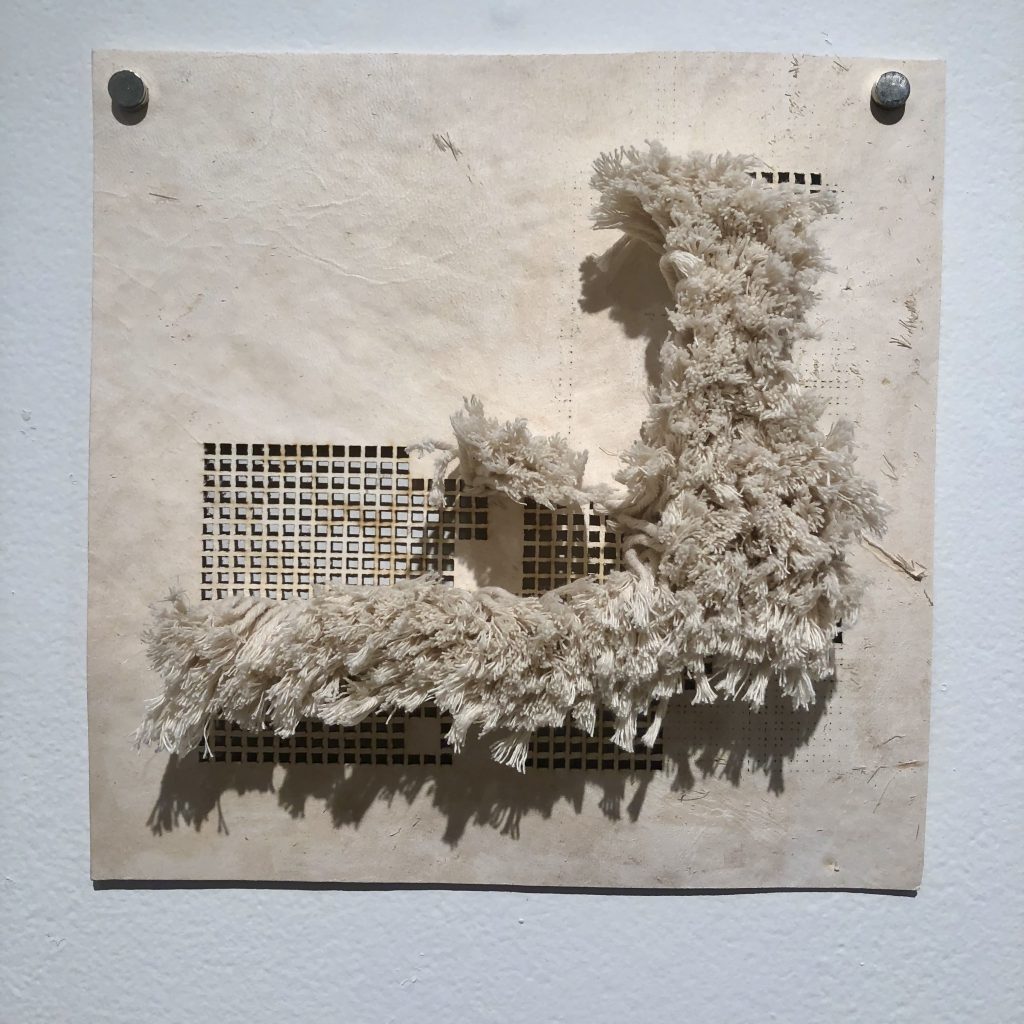
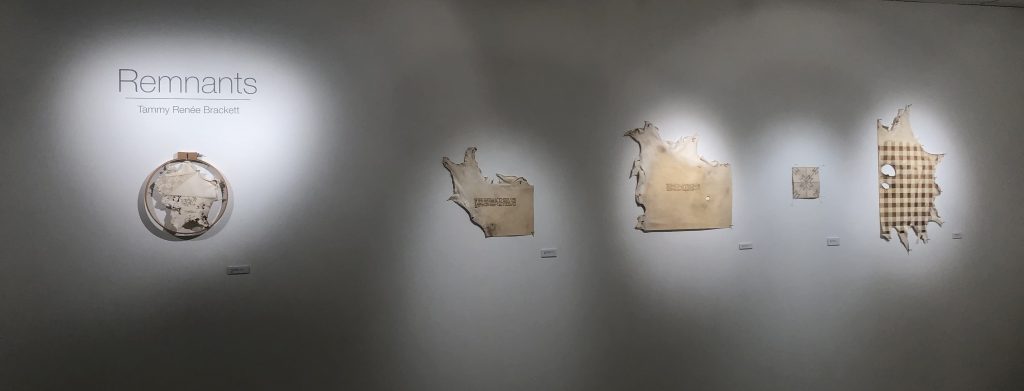
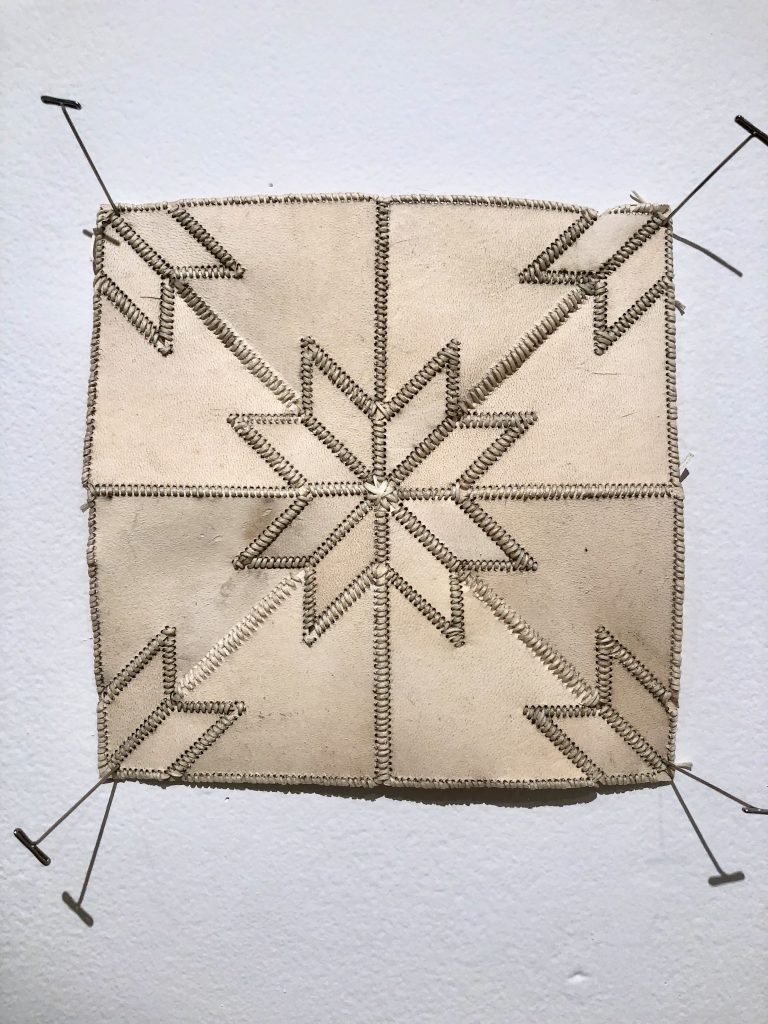
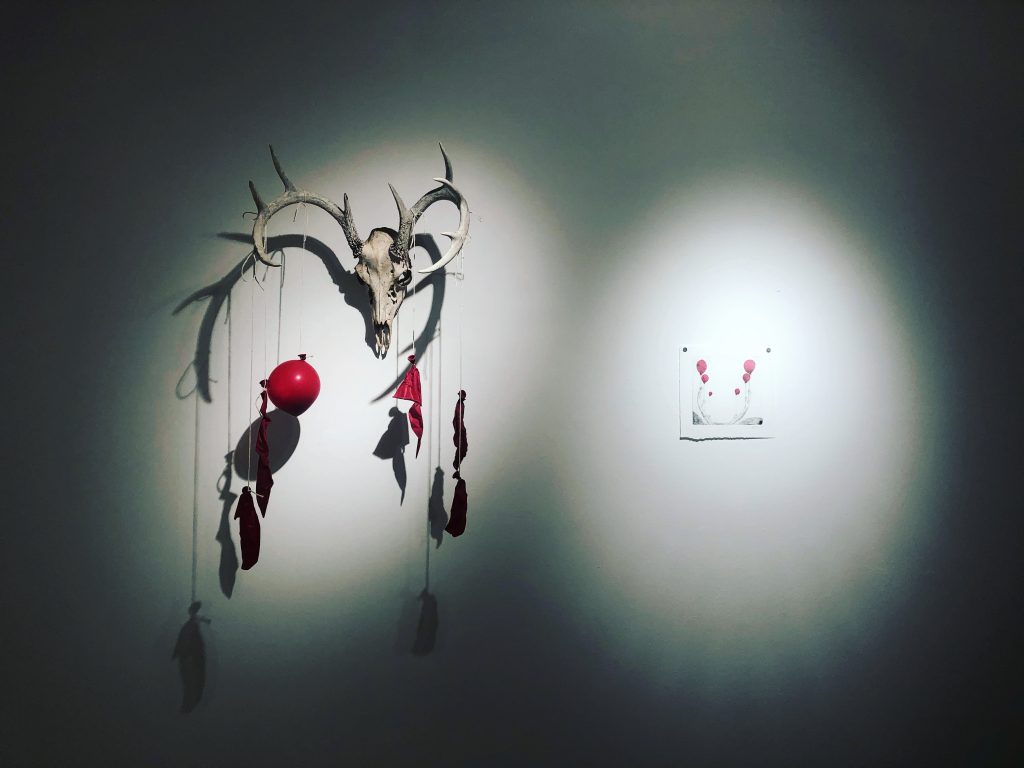
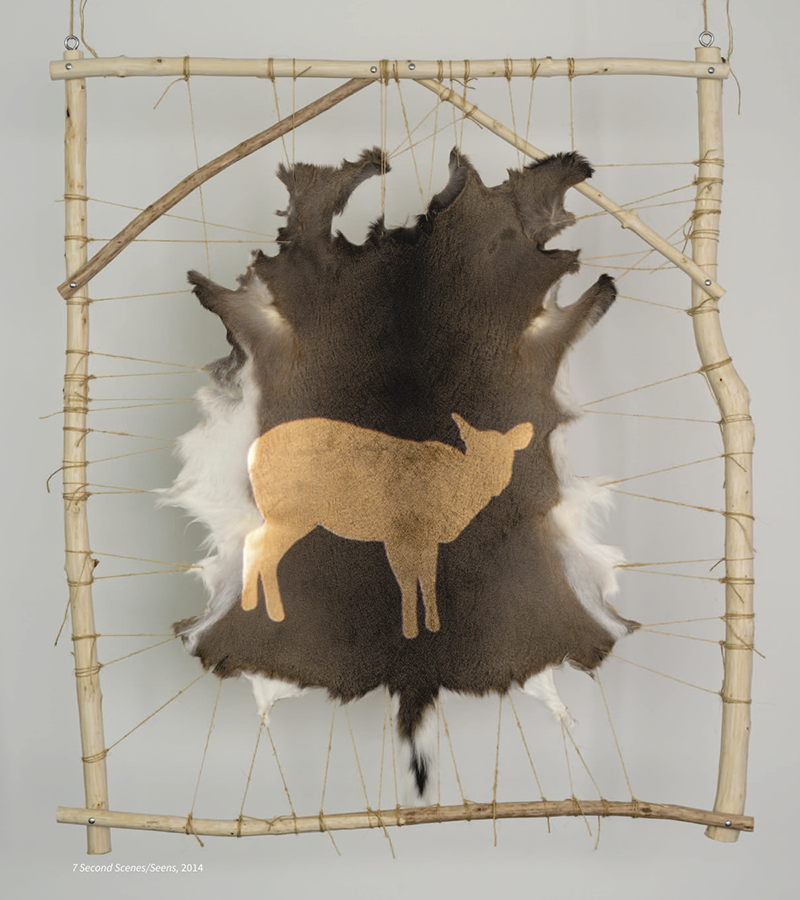
Tammy Renée Brackett’s recent work combines the digital and natural world to explore humans’ relationship with animals. This relationship has become increasingly complex as people become more and more concerned with the source of their food. The exhibition focuses on the White Tailed Deer, posing questions about population control, loss of habitat, and mortality. Brackett uses deer hides as projection screens, or as surfaces to draw on. Two other hides illustrate the difference between a good shot and a bad shot. The good shot displays two holes high on the skin indicating a quick clean kill. The other skin, with multiple holes spread lower on the hide, describes a “gut” shot that missed the animal’s vital organs.
This body of work was presented in a solo show at SUArt Galleries.
Field Guide is a work that explores the reorganization of scientific language. The natural world is re-created using the text, images, and sound from Peterson’s book, A Field Guide to the Birds, and the journal, The Philosophy of Science. The result is an immersive experience within the pages of these texts, a walk through the woods, an exploration of the sights and sounds found there. It was originally conceived as a three channel synchronized video installation with 5.1 surround sound.
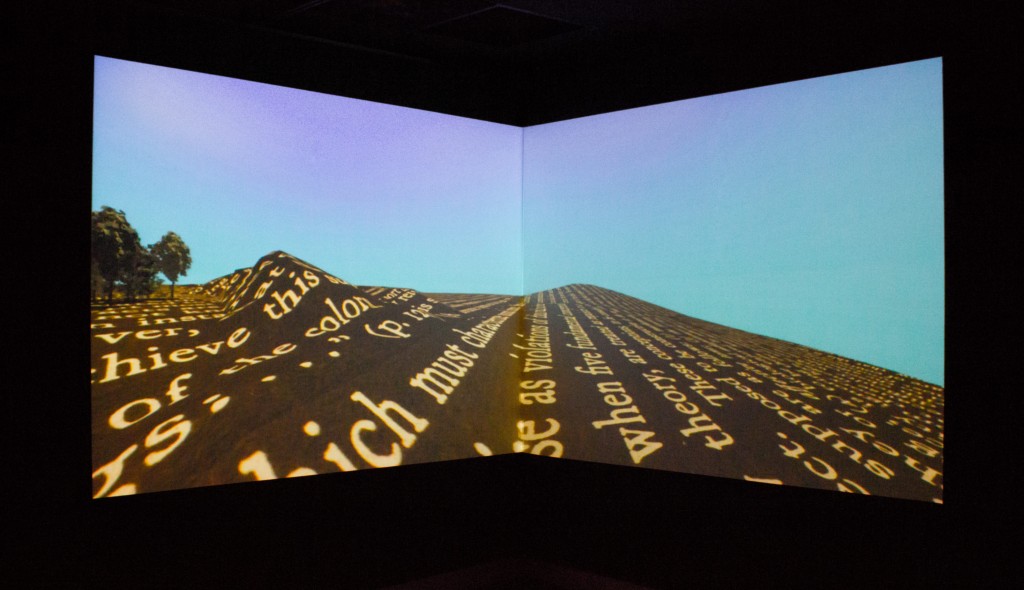
As the philosopher Heidegger said, “Language, by naming beings for the first time, first brings beings to word and to appearance.” As the field guide to birds categorizes and illustrates through text, pictures, and sounds, the writings in the journal “critique the logic and language” of science and philosophy. As a result, the woods, a place where many people go for meditation and to clear away the constructed world, is reveled as another constructed world. To go into the woods and seek a more primal meaning for existence yields a field guide that “speaks” the world itself into existence.
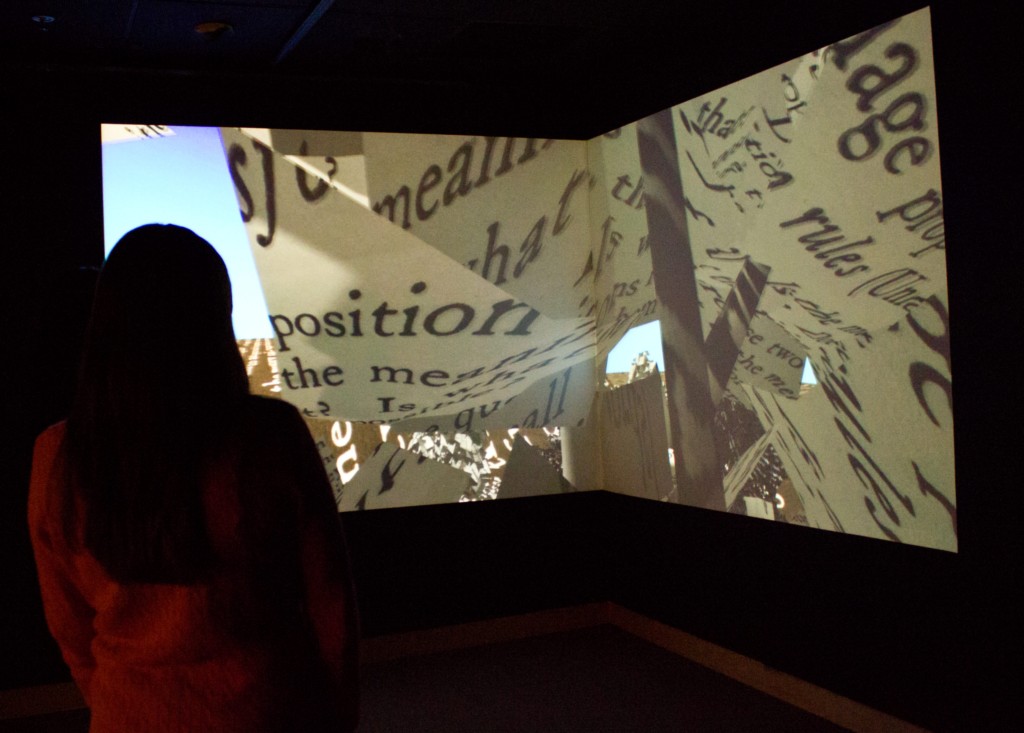
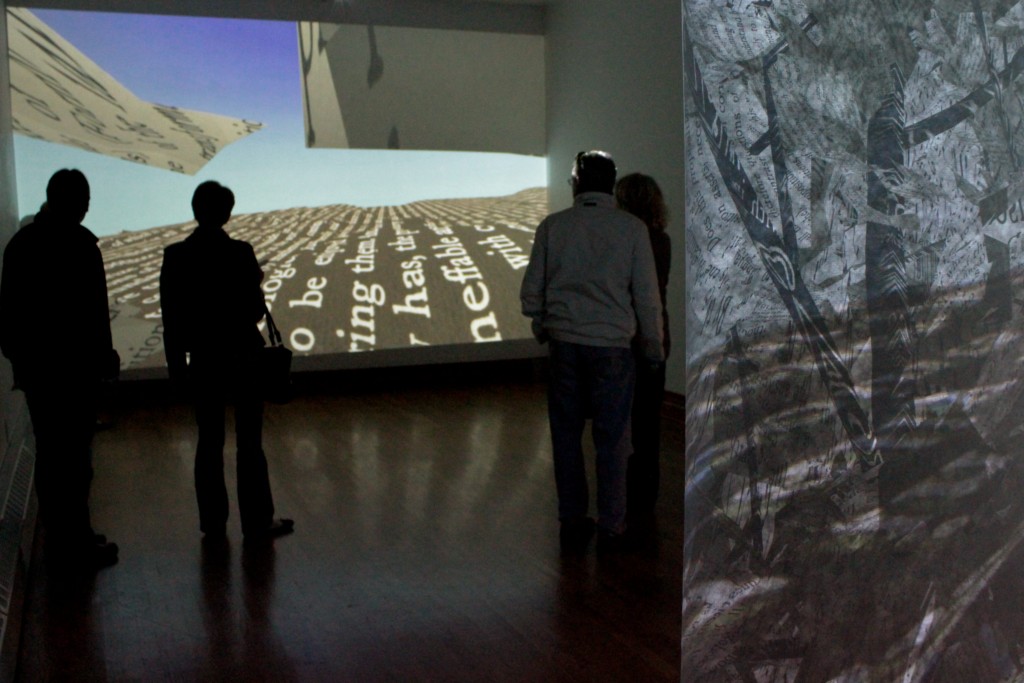
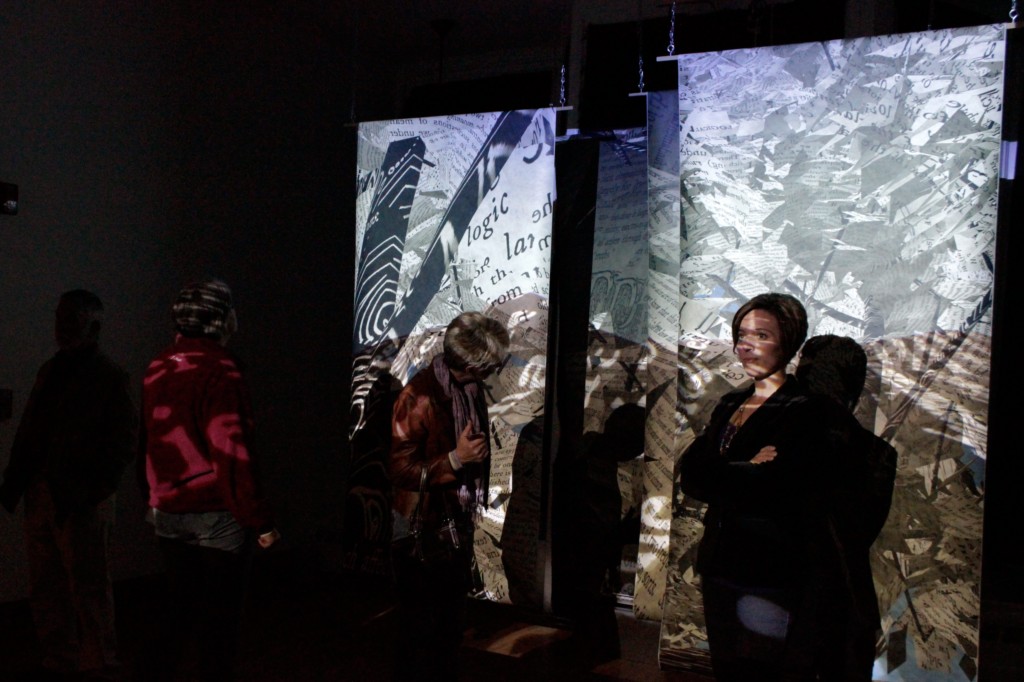
This project is made possible in part with public funds from the New York State Council on the Arts‘ Electronic Media and Film Finishing Funds grant program, administered by The ARTS Council of the Southern Finger Lakes.
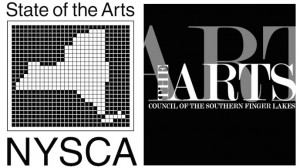
This project is also made possible in part by the Artist in Residence program at the Institute for Electronic Arts (iea) at Alfred University.
Three channel mock up: